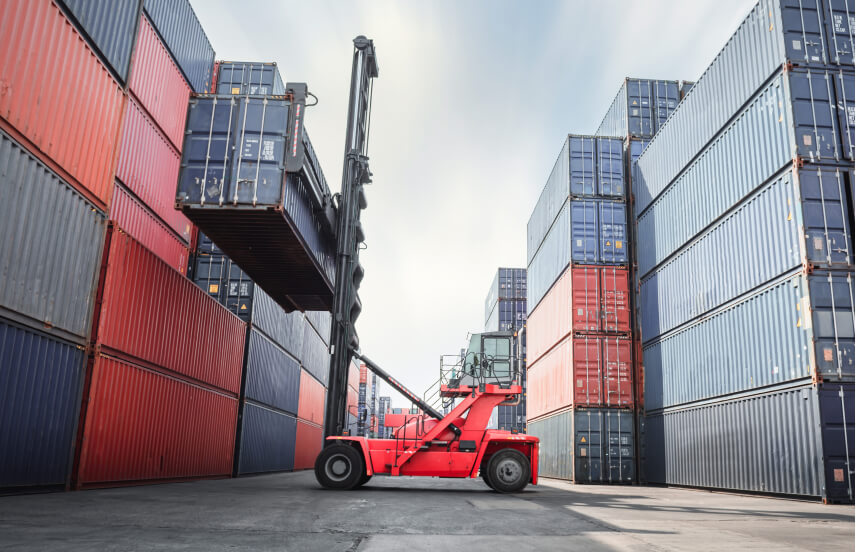2020 was promising to continue the upward trend on the global mergers and acquisitions market. Nevertheless, all predictions turned to dust as the pandemic caused turbulences all over the world. Several companies have had to abandon or delay their takeover deals as more urgent issues emerged, namely staying afloat, and adapting to the new reality.
Sealing new transactions has become harder. Businesses are facing fluctuations in stock markets, lack of debt financing, not to mention limited one-to-one contacts for deal negotiations. The full impact of the coronavirus crisis has manifested itself in Q2 2020. Nevertheless, certain markets are showing some signs of recovery.
Here’s a brief overview of the global M&A situation in Q&A form.
How has the Covid-19 pandemic impacted M&A?
Comparing 1H20 to 1H19, deal volumes shrank 32% (ca. 7,000 vs 10,000 transactions). Deal values declined even further, at 53% from $1.9T to $902 bn, according to the statistics provided by Mergermarket. Though many compare the 2020 situation with the global financial crisis of 2008, financial services were the second top-performing industry of 1H20, with $154 bn, only slightly lagging behind Industrial and Chemicals ($159 bn).
The impact of the coronavirus on the M&A sector could have a delayed effect, thinks Cornelia Andersson, head of M&A and Capital Raising for Refinitiv. She expects a pushback in mergers and acquisitions in the last two quarters of 2020. Nevertheless, uncertainty remains high. In the case of a second Covid-19 wave, she states, ‘it’s likely that we will see a reduced volume of activity across the board.’
Is a recovery in sight?
Economists and entrepreneurs are expressing optimistic views, especially as Q3 2020 has started with better results than forecast. One of the key factors driving the markets are the relief packages provided by governments all over the world, now having topped $10T. Moreover, analysts point out that the economic downturn has opened a great window of opportunity for M&A activities.
‘There will be a relatively short M&A window that opens as the Covid-19 crisis ends, during which bargains will be had by those with the liquidity, the risk tolerance to move quickly, and who have done their homework in advance,’ as Brian Salsberg, EY Global Buy and Integrate Leader puts it.
PWC also expects a jump-start in new M&A deals, listing several indicators for this:
- Interest rates are at historic lows.
- Outstanding levels of corporate cash and private market capital.
- Banks are starting to lend again; alternative capital sources are becoming available.
- Bankruptcies and the number of distressed companies are likely to rise, especially as government support packages are going to expire.
- A strong US dollar promotes international opportunities for US investors.
How is China doing, the first country to be hit by the virus?
China has also witnessed a downward trend; however, with a smoother curve if compared to global results, namely only a 20 percent decrease. The deal volume in mainland China was about $122 bn in 1H20 compared to $150 bn in 1H19.
‘Interestingly, we have observed that inbound M&As have improved a lot in 2020. This has been caused by two main factors. The first one is a megadeal, the acquisition of a China-based US-listed company 58.com, China’s largest online classifieds platform. Its value amounted to $7.6 billion. Another reason is Beijing’s anti-Covid-19 policies’ says Penny Chu, Financial Advisory Director at Deloitte. Resuming production faster gave a boost to the inner market. Meanwhile, outbound M&A deals dipped by 60 percent in the first half of 2020, Chu adds.
Another reason to fuel inbound M&A deals in China has been the Trump administration’s threat to restrict Chinese companies’ access to US capital markets. These political frictions launched a wave of taking-private China-based, US-listed companies, like the 58.com Inc. being taken-private. Moreover, striving to stabilize the world’s second-largest economy, Beijing has been taking aim at attracting foreign capital through relaxing entry barriers on strategic investments from abroad.
What about the US? The States are not only dealing with lockdowns but also political uncertainty.
In the pandemic-hit US, M&A deal activity has dropped to levels lower than those of the 2008 crisis, reports Mergermarket. Deals through 1H20, (2139 deals worth $274.5 bn), fell 72% by value compared to the same period last year (3174 deals worth $996 bn in 1H19). Many buyers and sellers had second thoughts. This resulted in the termination and withdrawal of deals, the largest of them being the Xerox/HP $35.5 bn takeover bid.
Nevertheless, there are signs that the US M&A market is starting to stabilize. For instance, deal volumes in May and June were higher than in April, and a couple of large deals were announced by mid-July, states PWC. The pandemic and subsequent lockdowns forced M&A to look at the tech sector. ‘Venture Capital (VC), a leading indicator of future investment patterns, has begun to focus its attention on digital health, medical devices, and FinTech – areas which now rank among VCs’ top five investment targets,’ according to the MoneyTree report.
Political turbulence does not seem to have impacted the M&A sector. In April, several prominent Democrats proposed a moratorium on large M&A deals. They suggested that the pandemic would push the strong to pounce on the weak, thus reducing competition. However, the moratorium never materialized, while federal lending programs have also kept a level of bankruptcies and near-bankruptcies at bay.
What is the European perspective?
As the majority of the EU countries answered the pandemic with lockdowns, European M&A activity declined to a decade-low by quarterly deal value. The 1H20 deal dropped to $292 bn, more than 30% down on 1H19 ($420 bn). With regard to strong economic decline, businesses showed little interest in investing any large-sums of money. Only 19 deals valued above $1 bn were announced in 2Q20. In the first quarter of the year, in contrast, 37 such deals occurred.
2020 has also proved to be different due to the remote working of many officials and regulators. The EU asked companies in March to delay merger filings, warning that staff would struggle to collect and handle the complex data that accompanies many of its merger reviews. Another issue to slow down M&A processes was many EU governments’ fears of the opportunistic takeovers of distressed companies by Chinese businesses, resulting in new limitations.
Nevertheless, the economic downturn may promote investment inside Europe, leading to several local mergers like the recently announced $12.4 bn Liberty Global/Telefonica/Virgin Media/O2 joint venture deal. ‘The crisis may result in a boost in regional consolidation as firms look to weather the storm’ says Jonathan Klonowski, Mergermarket Research Editor (EMEA).



